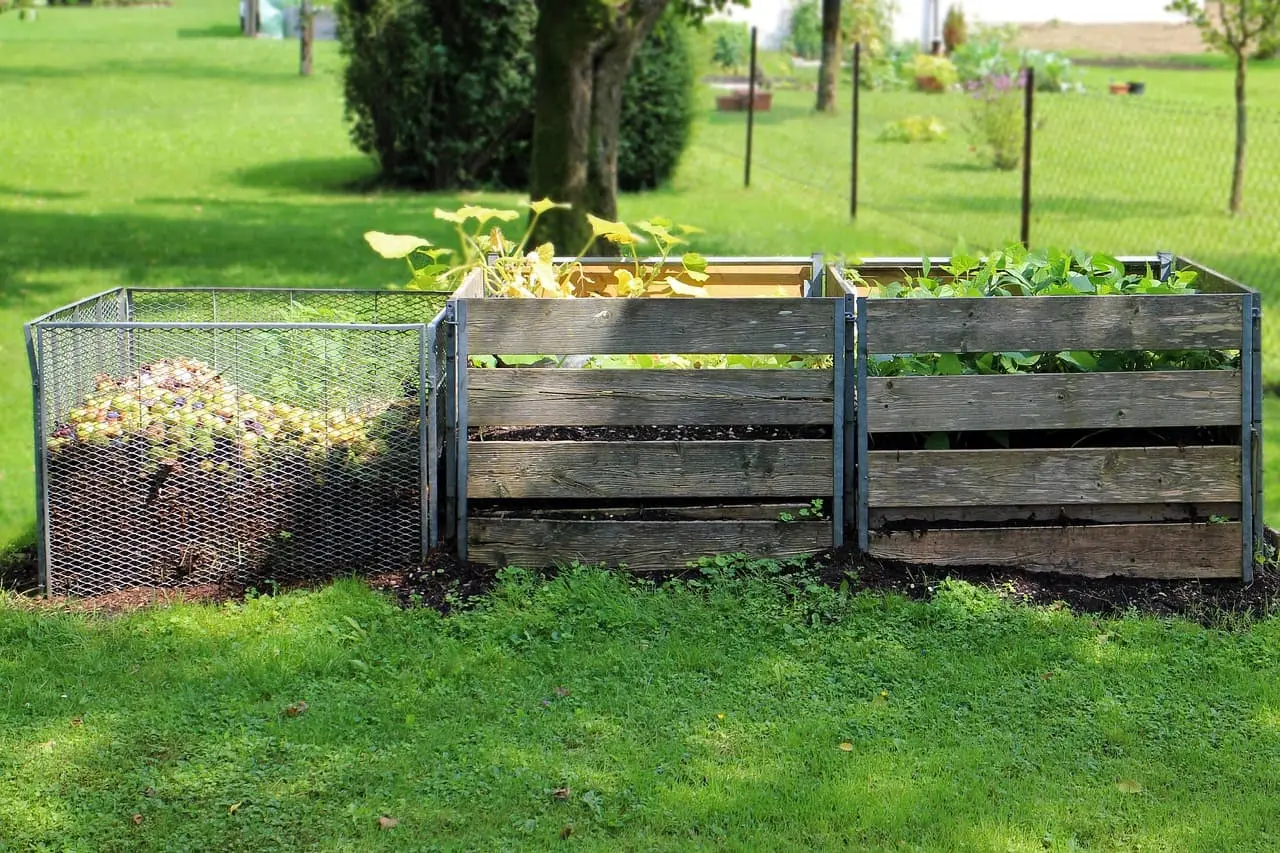Transform Your Waste into Gold: Constructing a Simple Compost Bin

The Art of Composting: Turning Waste into Wealth
Composting is not just a trend but a sustainable practice that can transform kitchen waste into nutrient-rich compost. By building a simple compost bin from wood pallets, you contribute to reducing landfill waste while creating a natural fertilizer for your garden.
In this guide, we'll walk through the step-by-step process of constructing a compost bin using wood pallets, exploring materials needed and tips to enhance your composting experience.
Materials You Will Need
Building a compost bin from wood pallets is cost-effective and environmentally friendly. Here’s a list of materials and tools you’ll need:
- Wood Pallets: 4 sturdy wood pallets are ideal for forming the walls. Look for heat-treated pallets marked with 'HT' to ensure they are free of chemical treatments.
- Hammer and Nails or Screws: Choose galvanized nails or screws to prevent rust.
- Power Drill: Useful for assembling pallets securely.
- Wire or Cable Ties: These can provide additional stability at the joints.
- Protective Gloves and Safety Goggles: Ensure safety while working with wood and tools.
Step-by-Step Construction Guide
Step 1: Selecting and Preparing Pallets
Start by selecting pallets that are in good condition without major cracks or rot. Measure each pallet to ensure uniform size, typically around 40 inches by 48 inches. Clean the pallets with a brush to remove any debris or contaminants.
Step 2: Assemble the Bin Structure
Arrange three pallets in a U-shape to form the back and sides of your compost bin. Position them upright and secure them together using your hammer and nails or screws. For additional stability, reinforce corners with wire or cable ties.
Pro Tip: Ensure the openings between the slats on the pallet are horizontal. This orientation facilitates better air circulation, crucial for effective composting.
Step 3: Secure the Front Panel
Attach the fourth pallet as the front of the bin. Consider installing it with hinges if you want easy access to turn the compost or remove finished compost from the bottom.
Step 4: Create a Lid (Optional)
If wildlife visits your area frequently, crafting a lid can help protect your compost pile. A simple lid can be made from additional pallet pieces or plywood, fastened with hinges on top of the bin structure.
The Science Behind Composting
Understanding the composting process enriches the experience. Composting involves organic matter breaking down into humus with the help of microbes. It’s an aerobic process requiring oxygen, moisture, and the right mix of 'greens' (nitrogen-rich materials) and 'browns' (carbon-rich materials).
- Greens: Vegetable scraps, coffee grounds, grass clippings.
- Browns: Dried leaves, straw, paper products.
The optimal carbon-to-nitrogen ratio is about 30:1, which promotes efficient decomposition and minimizes odors.
Troubleshooting Common Composting Issues
Pile is Not Heating Up
A cold pile indicates insufficient microbial activity. Ensure your pile has enough greens to provide nitrogen. Consider mixing in some fresh grass clippings or kitchen scraps to boost activity.
Compost Smells Bad
An unpleasant odor often arises from too much moisture or excess greens. Turning the pile to increase aeration can help balance moisture levels. Adding browns can also rectify this issue by absorbing excess moisture and offsetting greens.
Harvesting Finished Compost
The compost is ready when it resembles rich, dark soil and has an earthy smell. Typically, this takes anywhere from 3 months to a year depending on the climate and materials used. Use finished compost to enrich your garden soil, thereby reducing dependency on chemical fertilizers.
Application Tip: Mix compost into garden beds before planting season for best results, or use as mulch during growing seasons.
Sustainable Practices and Community Involvement
Your new compost bin is more than a personal project; it’s an opportunity to foster community engagement in sustainability. Consider sharing excess compost with neighbors or community gardens. By doing so, you enhance local biodiversity and promote collective environmental stewardship.
The journey of constructing a compost bin doesn't end with assembly; it's about nurturing a lifestyle that values resourcefulness and conservation. Start today and join countless others turning waste into gold through simple yet impactful actions.